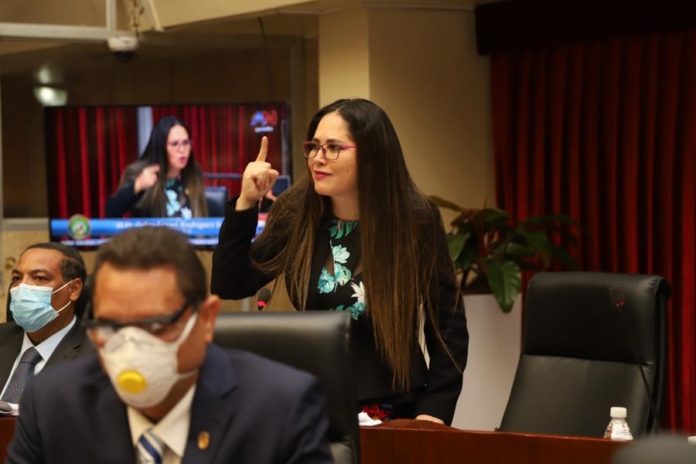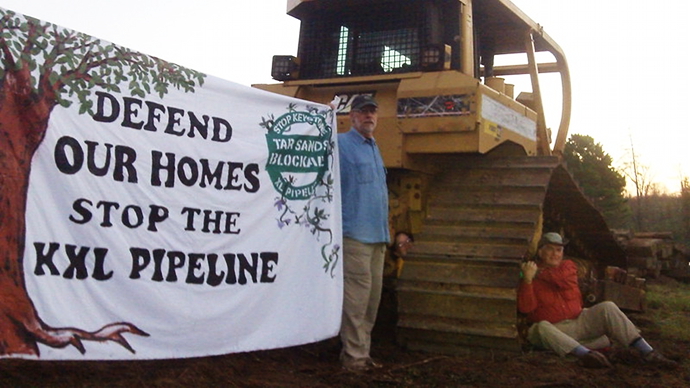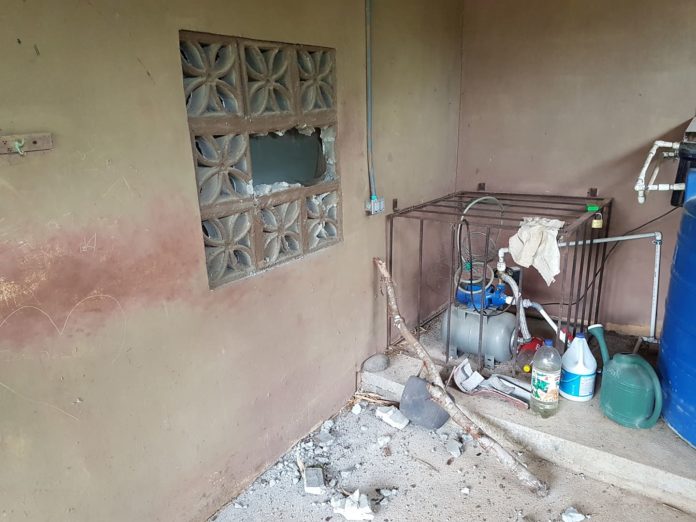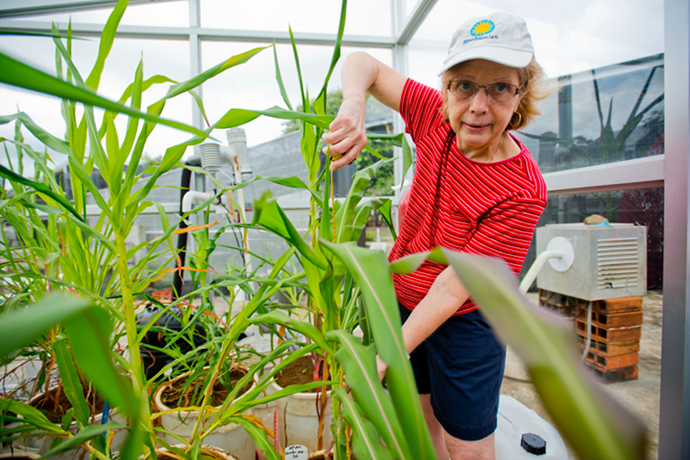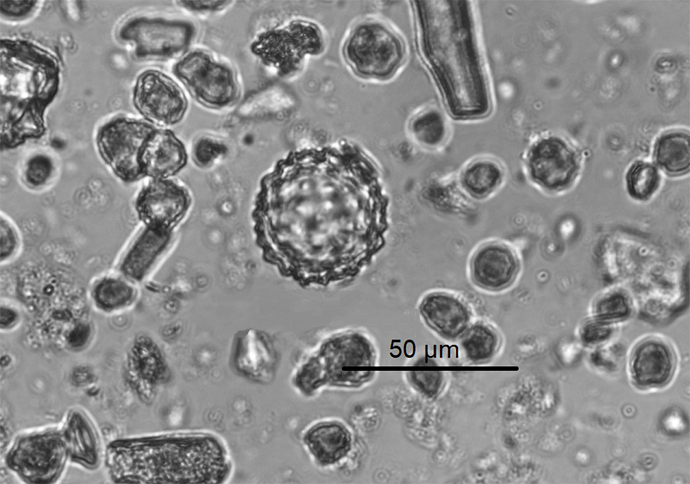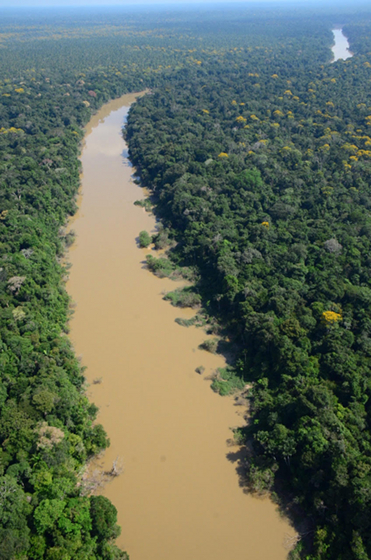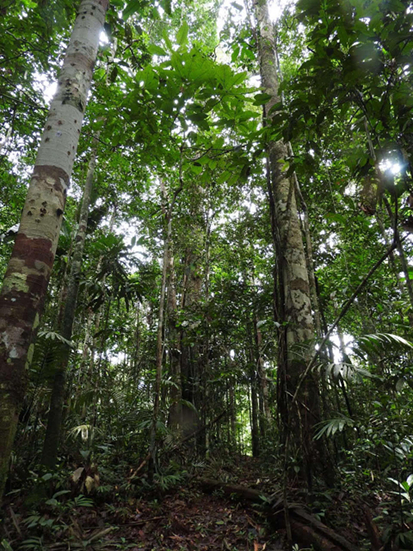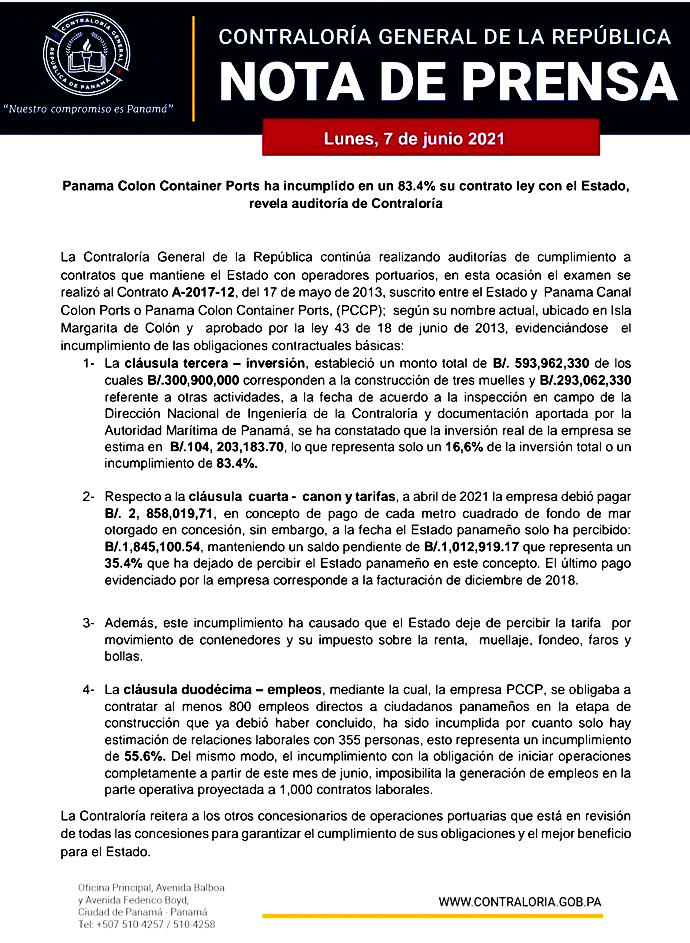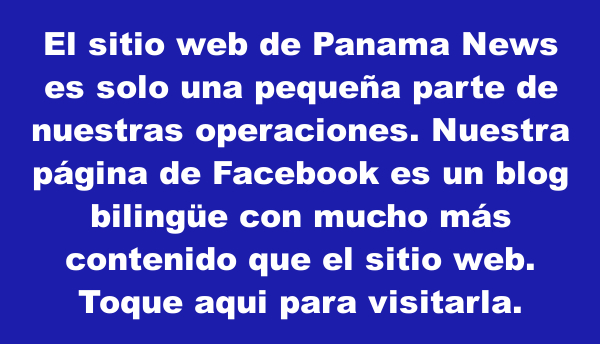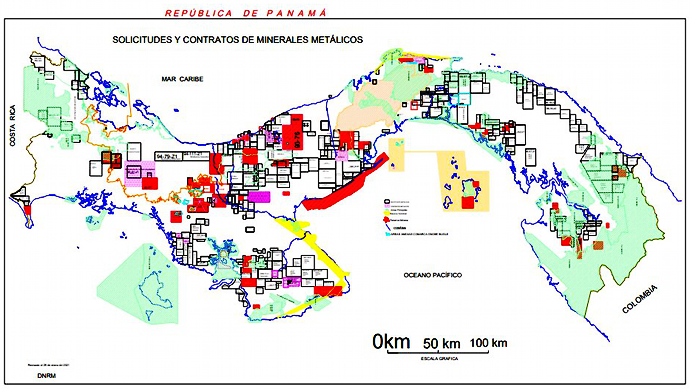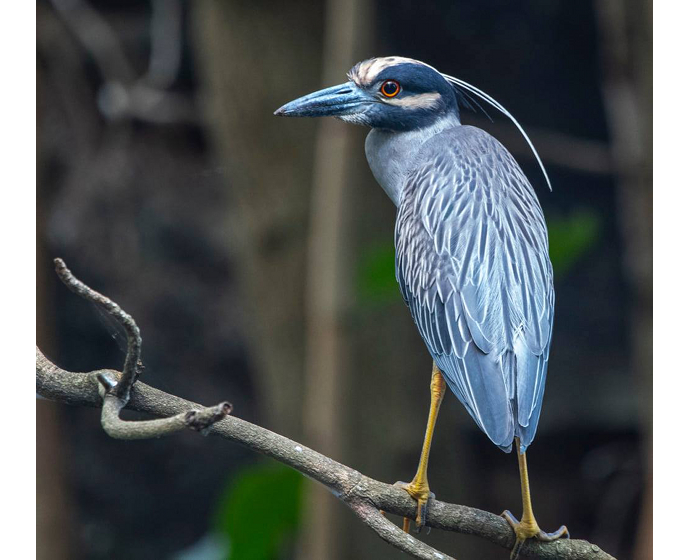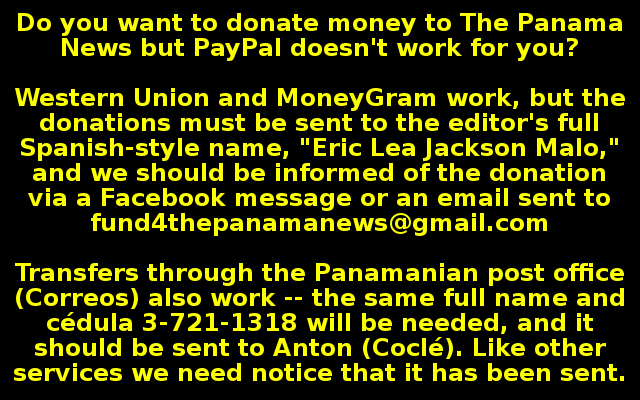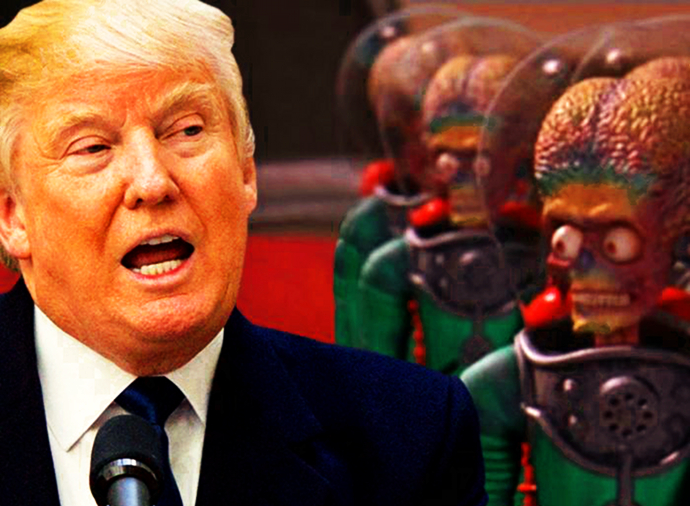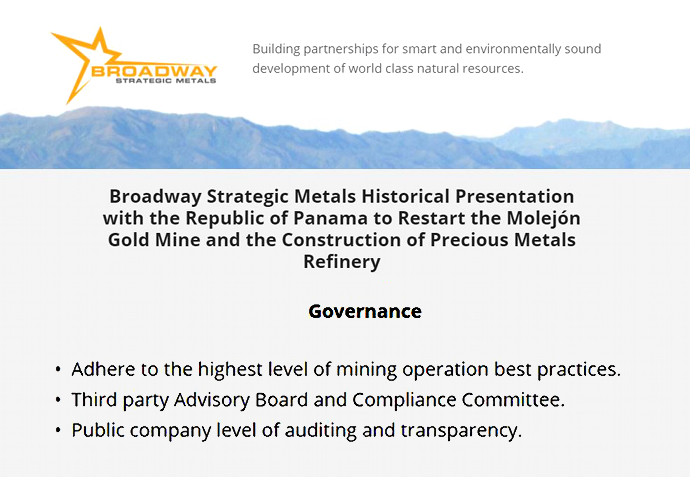This graphic is a collage from the company’s website, mashup by Eric Jackson. Some important things to know about the claim are FIRST, that this is NOT a “public company” in the sense of its shares being traded on any stock exchange which imposes auditing and transparency regulations upon it; SECOND, if there is a “Third Party Advisory Board and Compliance Committee” the Panamanian people have not been told who that is.
Nito plays us for suckers
Neither born yesterday nor fresh off the plane – the editor may be getting old, with these “senior moments,” but some knowledge and memory persists.
What to think of a Panamanian government, and of a company, that claims the would-be concessionaire to be “of Canadian capital,” and both of which conceal the identity of their Panamanian Chief Operating Officer? And that guy is a Duque, of the very wealthy clan that used to own La Cresta, related to one of the founding stalwarts of the PRD, the late former Vice President Fito Duque? Might be a wonderful and competent man, but what we are being sold has been misrepresented by concealment. It’s not some disinterested Canadian firm, but “The Families” – a rabiblanco clan with a PRD relationship all along. The Cortizo administration and the company didn’t say so because they knew what the Panamanian public would rightly presume.
What to think of a Panamanian government, and of a company, which almost certainly in the period when the company’s proposed revival of the Petaquilla gold mine swindle was being formulated, had as ITS TREASURER a man now wanted by Spain after absconding with some $112 million from a cryptocurrency scheme? Yes, the company belatedly admitted that the guy resigned as director last year, but as of this morning has never admitted since the gold mine revival project that he was their treasurer. So what kind of business plan?
Which gets into the editor’s memories of a now-departed Panamanian hero, Fernando Manfredo Jr., who was acting Panama Canal administrator during the worst of Noriega and invasion times, and who later was the environmentalist running mate in the 1994 Rubén Blades presidential campaign. Before those things he was Omar Torrijos’s Minister of Commerce and Industry. When the Petaquilla Gold scheme first came up the editor did not own The Panama News, Richard Fifer’s sister worked for the owner, and the editor was sent out on trip to see parts of Penonome and hear the Petaquilla pitch. And THEN talked to Manfredo about it. Manfredo said that as a business proposition the gold mine was a loser, that given environmental regulations the project could not make money while complying with the law. His opinion was that it was just a stock swindle for investors deluded by mirages of golden riches.
And wouldn’t you know, that soon after Fifer got his concession he sued to be exempted of environmental regulations, arguing that they would make the project non-viable. He lost, but went ahead with it and was allowed to cut many a corner on the rules.
The mine was in production from 2011 to 2014. Its shares were the subject of an international insider trading and money laundering scandal, which Panamanian justice approved on the basis that such stock manipulations on shares traded in other countries but not Panama are legal here. Our financial system has never recovered from the disrepute of that ruling. Other stock markets shun Panama’s Bolsa de Valores. It’s part of the litany that has Panama on so many international financial black lists and gray lists.
Left behind was a leaking toxic mess, a work force that never got fully paid and this debt to the workers and the government from Seguro Social payments deducted from workers’ paychecks but kept by the management instead of paid into the system.
Go to the company’s website and there are claims of expertise in mining, long on purchases and sales and on oil drilling, but nothing really about which gold mine, where.
Get into the matter of WHO – what they say about themselves, and what they conceal about themselves – and many alarm bells go off. Get into the particulars of this gold mine, and yet more alarms, and Mr. Manfredo’s take from long ago echoes down through the years.
That’s not all there is to it – there is the proposed precious metals refinery
It’s worthwhile to refer to the company’s website and the biographies they give about their team, bearing in mind as well the things they conceal. We’re not really dealing with captains of industry, but with financial operators here.
And what’s a precious metals refinery? There are very few of them that are considered acceptable by folks like the European Union. Why’s that?
It gets back to some other long ago stories on which the editor worked.
Years ago I attended an archaeology lecture at the Smithsonian Tropical Research Institute about the pre-Columbian settlement of Panama by Chibchan peoples. But for the Embera and the Wounaan, all of Panama’s indigenous nations trace roots back to the plateau around Bogota, and the Chibchan cultural area. The first evidence for that was linguistic, and indigenous folk history. More modernly they get into DNA.
They can roughly estimate by the differences between two related languages when those who speak them went their different ways.
And then, with cultures that leave grave goods, facts that might be interpreted differently can be discerned.
As to GOLD ornaments, different gold deposits have different alloys, generally in this region mixes of gold, silver and copper. So if they dig up a grave in Cocle and find a gold huaca, by the metallurgy they can often tell where the metal was mined. You find Colombian gold in a grave in Panama? A family heirloom? Something taken in war and recast? Evidence of trade or intermarriage?
Modernly, you are trying to enforce sanctions to strangle the Venezuelan economy, or shut down a warlord in the Congo? You can tell by ingots of unrefined gold more ore less by the content of the alloys.
Venezuelan or Congolese gold, subject to international sanctions? You can identify those things by the alloys. But if you refine it to separate out the other metals and have more or less pure gold, that takes away the identifying marks.
So, in addition to being a money laundering center, establish a gold laundering facility in Panama? Then whine about how unfair the international sanctions are?
The Europeans are mostly concerned with “conflict minerals” that finance atrocious wars in Africa, which in turn send people fleeing to the north. Gold is one of the big ones. Uncle Sam and some of his friends, on the other hand, are big into economic sanctions for broadly political reasons, including against such gold producers as Venezuela and Russia.
But there is another concern, based on a treaty passed in 2013 and as to gold ever so slowly being phased into effect – or ignored as the case may be. It’s about mercury.
Recall the tale of the mad hatter? Used to be, mercury was widely used in the production of hats from beaver pelts. That toxic metal killed many a hatter, but better known were the psychological and neurological effects of those who practiced that trade.
In a scholarly article, chemists Dr. Louisa J. Esdaile and Dr. Justin M. Chalker summed up the mercury issue:
Mercury-dependent artisanal and small-scale gold mining (ASGM) is the largest source of mercury pollution on Earth. In this practice, elemental mercury is used to extract gold from ore as an amalgam. The amalgam is typically isolated by hand and then heated—often with a torch or over a stove—to distill the mercury and isolate the gold. Mercury release from tailings and vaporized mercury exceed 1000 tonnes each year from ASGM. The health effects on the miners are dire, with inhaled mercury leading to neurological damage and other health issues. The communities near these mines are also affected due to mercury contamination of water and soil and subsequent accumulation in food staples, such as fish – a major source of dietary protein in many ASGM regions. The risks to children are also substantial, with mercury emissions from ASGM resulting in both physical and mental disabilities and compromised development. Between 10 and 19 million people use mercury to mine for gold in more than 70 countries, making mercury pollution from ASGM a global issue. With the Minamata Convention on Mercury entering force [in 2018], there is political motivation to help overcome the problem of mercury in ASGM. In this effort, chemists can play a central role.
That United Nations treaty, to which Panama is a party, is only slowly and unevenly implemented. One of its provisions lets countries ban the importation of gold and other things manufactured with mercury.
Consider where we are. The sort of small-scale mining in which mercury is used to separate gold is found in much of Latin America, including in several countries of the Amazon Basin, next door in Colombia and in Panama itself.
A dishonest gold refinery that looks the other way or actively falsifies records on the origin and extraction methods of metal that comes through its doors becomes quite the aid to illegal mining.
Back in the 1990s, the editor went on a boondocks slog to see one aspect of the illegal mining problem as affected Panama:
I went by piragua up the Cuango River in eastern Colon province with folks from INRENARE (a precursor of today’s MiAmbiente), the National Police and environmentalist groups.
That part of Panama had been invaded by dozens of Colombians, mostly young men, who were washing away a hillside along a tributary stream, using a fire hose and powerful pump, filtering the ore with screens and separating the gold from the rock with toxic chemicals. It was polluting the town of Cuango’s water supply. They had this sneering demagogue leader telling the Panamanian authorities that Cuango should just put chlorine in their water.
In my legally trained mind, I considered it a foreign invasion of Panama to strip away our resources and contaminate other resources in the process. As in, plenty of justification for the cops to just shoot the leader.
But I also know that what is legal isn’t always what’s wise, decent or effective. Risk a war with some Colombian faction or another, or the neighbor country’s government? Kill someone when less drastic means would do the job? Try to make mass arrests in an area of very difficult access? (We had to go more than an hour up jungle rivers.)
Eventually the cops caught up with these guys and there were selective arrests and the destruction of pumps and other equipment.
In such a situation in these days of the Minimata Convention, Panama could seize gold and identify the alloy, so as to give INTERPOL and other law enforcement agencies the identifying marks of such stolen resources on the international market.
However, a gold refinery makes that sort of enforcement of environmental laws far less possible.
Bottom line for Panama, which is already a target for international financial sanctions? Gold can also be laundered, and that practice becoming part of the isthmian business scene would likely draw some undesirable attention to these shores.
Eartha Kitt, studio photo colorized by oneredsf1.
I’m a dirt person. I trust the dirt. I don’t trust diamonds and gold.
Eartha Kitt
Bear in mind…
Brass shines as fair to the ignorant as gold to the goldsmiths.
Elizabeth I
Fire is the test of gold; adversity, of strong men.
Seneca
Don’t gain the world and lose your soul, wisdom is better than silver or gold.
Bob Marley
Contact us by email at fund4thepanamanews@gmail.com
To fend off hackers, organized trolls and other online vandalism, our website comments feature is switched off. Instead, come to our Facebook page to join in the discussion.
These links are interactive — click on the boxes






